With 70 attendees, The Norwegian CCS Research Centre (NCCS) staged its first “Consortium Days” at Clarion Congress & Hotel, in Trondheim on November 28-29. During two half days, centre partners gave 14 oral presentations, and 14 posters were on display. After almost one year in operation, the activity level is impressive.
Below is given a presentation of the speakers and some of the issues they highlighted. The Consortium Day program is found in the bottom.
2-degree objective impossible without CCS
In opening the Consortium Days and welcoming the 70 participants, Centre Director, Ms. Mona Mølnvik stated that realization of the 2-degree objective of the Paris Agreement is impossible without CCS.
NCCS wants to shoulder responsibility for reaching this objective, and our plans are the proof of our commitment.
Supporting the Norwegian Full-Scale Project
She pointed to the Norwegian Full-scale Project, which NCCS is dedicated to support. On centre internal matters, she said that even though NCCS is at an early stage, an impressive amount of work is already accomplished, and that the Consortium Days is an important event for research and industry partners in terms of agreeing on where we are and where to go from here. She paid a special tribute to the NCCS Task Leaders for having been the “engine” in the establishment of the Centre during its first year of operations.
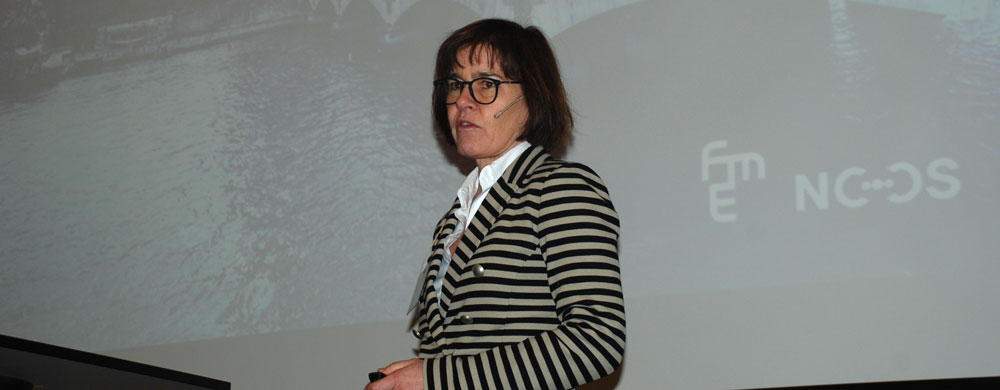
The Northern Light project – the challenges
Gjertrud Hausken presented experiences from the storage part of the Norwegian Full-scale Project, referred to as the Northern Light project.
Statoil, Shell and TOTAL are cooperating partners. She highlighted that the different parts of the project, in themselves, are not extremely difficult to solve.
Rather, the challenges are found in the cross-diciplinary issues.
In other words, CO2 transport becomes more challenging when integrated with capture and storage. Many of the project contracts are already awarded, and many of the important project decisions will be made before Easter 2018.

Scenarios for ship transport of CO2
Svein-Erik Losnegård discussed the transport part of the Full-scale Project, which is the responsibility of Gassco. He said that the pre-feasibility study showed that CO2 transport by pipeline is about five times costlier than with ship.
Consequently, transport by ship was the preferred option coming out of the feasibility study.
The work continues with investigations of different scenarios for ship transport of CO2 at different conditions. Gassco also investigates the possibility of reducing emissions from ship propulsion machinery in the quest for the “greenest available” solutions. In this respect, LNG and batteries are potential solutions.
Gassco is a state-owned company operating the Norwegian gas pipeline network. It handles 25% of the European natural gas imports and is a state-owned company with no commercial interests.
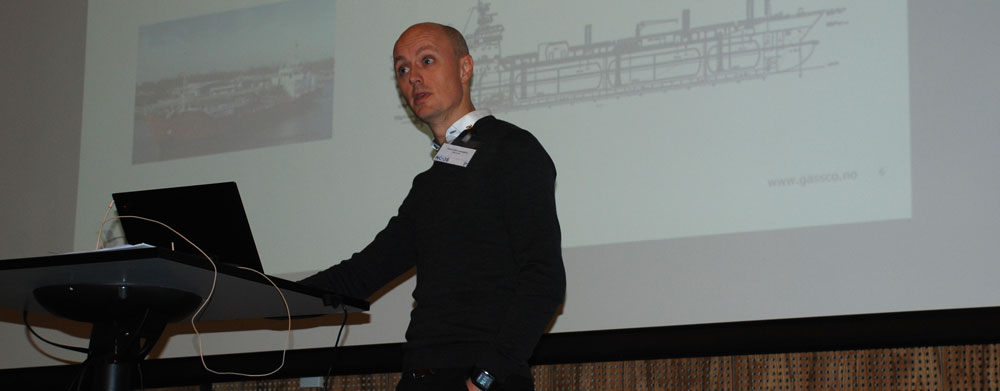
Cooperation between USA and Norway
Åse Slagtern presented ongoing cooperation between USA and Norway in the field of CCS. In 2005, a memorandum of understanding between the two countries was signed, with the aim of establishing opportunities for technology development, demonstration activities, competence building, and knowledge sharing to accelerate development. The overall idea has been to lower cost and risk.
The MoU includes activities on large-scale testing of capture technologies, crosscut research (capture simulation tools, modularization and manufacturing, CO2 storage and MVA (monitoring, verification and accounting), CO2-EOR, new approaches for using CO2 for enhanced oil recovery (EOR). Ms. Slagtern encouraged from the audience suggestions for new project possibilities.
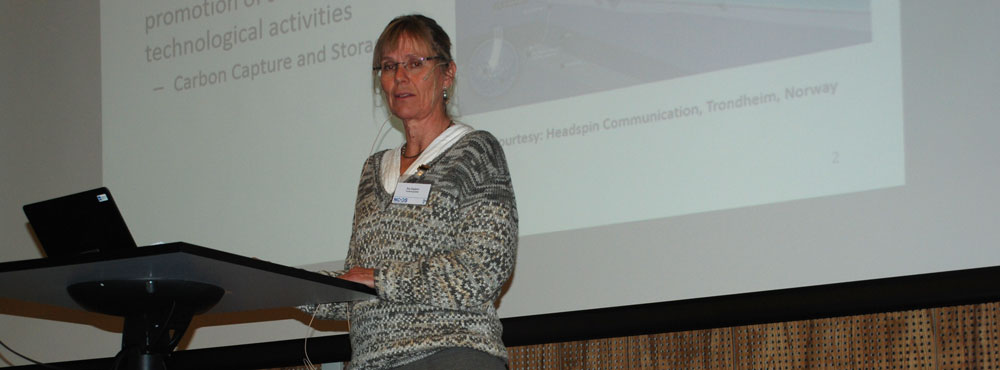
Legal requirements as a tool in achieving carbon negativity
Cathrine Banet discussed legal requirements as a tool in achieving carbon negativity. She said that classic mitigation measures are not enough in achieving the 2-degree objective, and that negative emissions technologies (NETs) must be a necessary supplement.
She argued that it is important to put negative emissions on the political agenda and to allocate resources to the development of NETs, which are already recognized by the IPCC panel as a promising tool in reaching the carbon reduction targets.
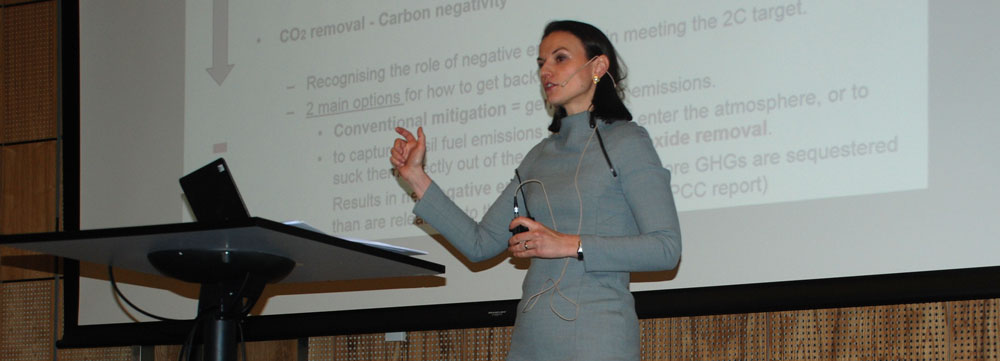
De-risking the Smeaheia case
Elin Skurtveit discussed structural de-risking of CO2 storage site. She maintained that CO2 storage is different from production of hydrocarbons in that the fluid pressure is increased and that seeps and leaks not acceptable. As Task Leader of the NCCS task Structural De-risking, she explained that current activities focus on the Smeaheia case.
Activities include: detailed fault mapping from seismicity and good understanding of the faulting history and mechanism, fault background seismicity and earthquake potential, and mapping stresses on fault surfaces, and best estimates of failure scenarios/fault properties. A screening tool for mapping stress conditions and failure criteria for faults is Smeaheia under development.
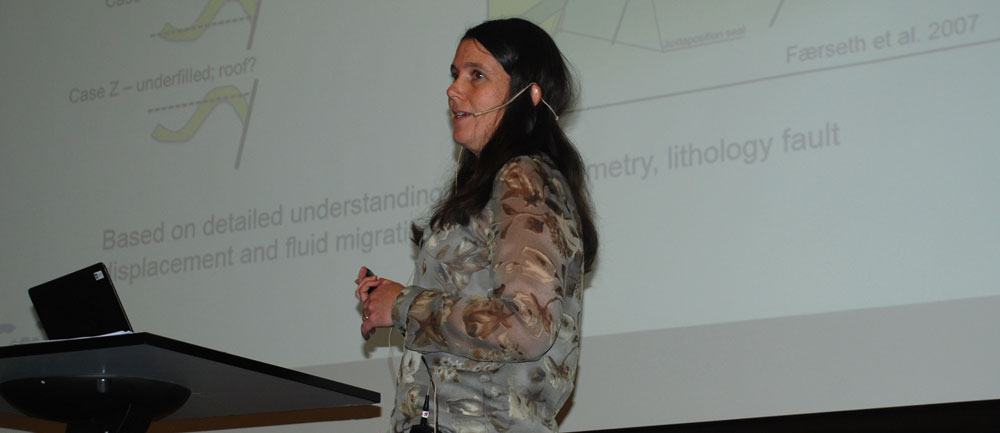
Cost Efficient Monitoring
Peder Eliasson, Research Scientist at SINTEF, presented the work of the NCCS task Cost Efficient Monitoring, where safe operation in the most cost-efficient manner is the overall objective. He discussed the quantitative monitoring workflow, which is being tested at Sleipner, and the initial Smeaheia studies, including the preparation of synthetic models, inversion of synthetic data, and data overview.
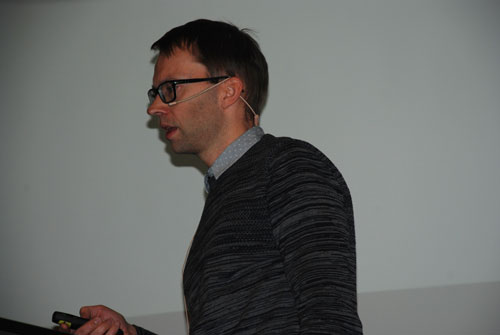
Fiscal metering
Edward Jukes talked about fiscal metering, which is the topic of NCCS task “Fiscal metering and thermodynamics for efficient and reliable CO2 capture, transport, and injection”.
Fiscal metering is defined as the measurement of a quantity of product involved in a commercial transaction, in this case CO2. He said that the challenge is that at present, no metering technology has been traceably verified with CO2 at the accuracy required (+/-1.5%) by the ETS at full-scale flow rates. This represents for NCCS an opportunity for setting a standard for how fiscal metering should be done. Achievements so far include that specifications for fiscal metering have been proposed for relevant interfaces in the Norwegian and European deployment cases, and four metering technologies have been assessed and documented.
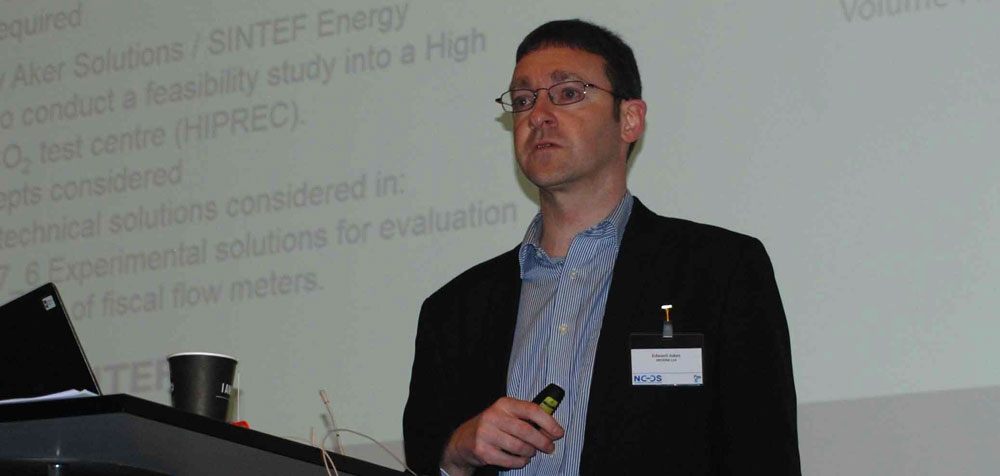
Researcher mobility can be a catalyst for innovative R&D
Amy Brunsvold opened day two of the meeting where she expressed the importance of researcher mobility. Mobility can be a catalyst for innovative R&D and can help with knowledge spreading that cannot be transmitted through more “formal” communication.
She invited the partners to think about potential opportunities for mobility in NCCS, and promised that NCCS will develop a framework to facilitate mobility for short-term and longer-term stays.

Norwegian Full-scale project – the benefits of realization
Ingrid Sørum Melaaen discussed benefits realization as related to the Norwegian Full-scale project. To Gassnova, the benefit realization process involves a systematic approach as to benefits coming out of the project. The approach includes four phases:
- identification of the winnings,
- scheduling for benefits realization,
- accomplishing the benefits realization, and
- documentation of the benefits realization.
She said that it is important to show that CO2 handling is a climate action that is possible and safe, and that cost reductions and business development are important. Gassnova wants to contribute to the technology development and knowledge sharing in a systematic manner, where different groups need different information.

Reference chains as a point of benchmarking
Simon Roussanaly presented the work in the NCCS on the establishment of reference CO2 chains. This was suggested as one of the activities in 2017 to provide a basis for the evaluation of activities in the Centre. Reference chains will be used as a point of benchmarking for new developments, and for learning and development of new chains.
He said that in this work, not only cost reductions are important, but also environmental impact, safety and risk factors.
Reference chains will be used by task leaders and industrial partners to follow the impact of performed Centre activities, to assess how the centre is performing and support new priorities. Two references chains are proposed and further defined with partners:
- CCS from natural gas-based power generation, and
- CCS from hydrogen production based on natural gas reforming.

Hydrogen-firing of gas turbines
Andrea Gruber shared the results of his work on sequential combustion strategies with the aim of enabling hydrogen-firing of gas turbines. The results so far include the first high-resolution numerical modelling of a sequential combustor.
The benefit with hydrogen is a fuel resulting in lower emissions, but the challenge is to control the flames in terms of ignition time and place in the turbine.
The work is carried out together with researchers at Sandia National Laboratories, which has the computational capacity required for such demanding simulations. Mr. Gruber explained that the power consumption for the computers carrying out one simulation in this task has results in 68 tons of CO2 emissions.

Mission Innovation in Houston and cement barriers in CO2 wells
Malin Torsæter gave two presentations. In the first, she discussed experiences from her participation at the Mission Innovation conference in Houston in September. Mission Innovation is set up to accelerate the clean energy revolution, and the objective is identification of bottleneck and research gaps. Specific crosscutting activitites are identified within CO2 capture, utilization, and storage. Prioritized research areas are:
- injectivity and capacity
- monitoring, verification and performance metrics
- forecasting and controlling induced seismicity
- wellbore diagnostics
In her second presentation, Malin talked about safe length of cement barriers in CO2 wells, which is the focus area of NCCS Task 10. She said that the cement barriers always have defects, both small and large. Results from simulations show that small defects in cement heal quickly, while larger contribute to quick cement degradation. Because of the lack of research results on the larger defects, NCCS will study how to avoid them (e.g. cement placement), and how to detect them (e.g. logging, log interpretation).
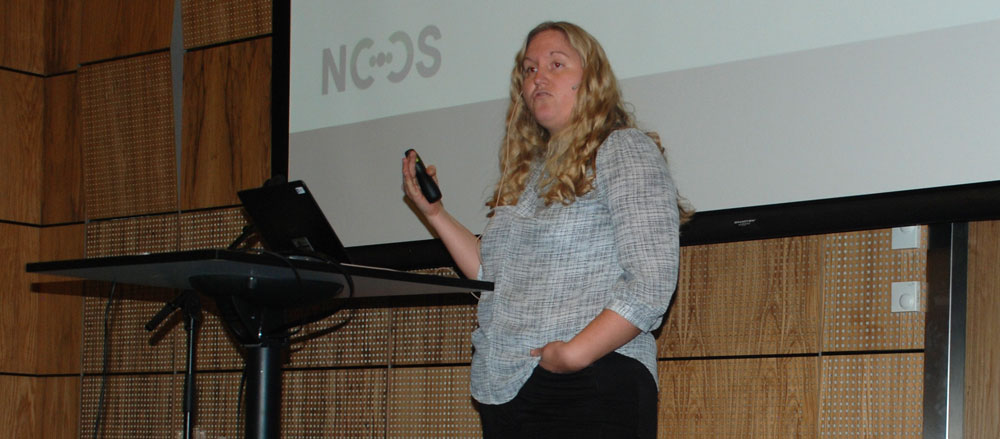
Solvents for absorption processes
Solrun Vevelstad, Research discussed identification of suitable solvents for absorption processes used in CO2 capture. This process is often like searching for the needle in the haystack, and is both challenging and costly, as the compounds are far from commercially available. The use of solvents can have negative effects, such as foaming, corrosion, and solvent degradation.
The objective of her work is to provide a map for how to evaluate solvents. In NCCS, the approach to the work is to identify structural features in amines that reduces their chemical stability, finding oxygen removing techniques, and relations between degradation. This requires very systematic work.

The Consortium Day Program
- Opening
Mona Mølnvik, Centre Director, SINTEF Energy Research - “Norwegian full-scale: Challenges and lessons learned” – Statoil
Gjertrud Hausken, Principal Engineer, Statoil - “Norwegian full-scale: Challenges and lessons learned – CO2 transport by ship
Svein-Erik Losnegård, Principal Engineer, Gassco - The MoU between the Norwegian Ministry of Petroleum and the US Department of Energy
Åse Slagtern, Special Adviser, Research Council of Norway - Carbon negativity as legal requirement
Catherine Banet, Associate Professor, Scandinavian Institute of Maritime Law, Univ. of Oslo - Structural de-risking – Workflow and application to Smeaheia dataset
Elin Skurtveit, Senior Engineer, Norwegian Geological Institute - Cost-efficient monitoring – Sleipner and Smeaheia studies
Peder Eliasson, Research Scientist, SINTEF Petroleum Research - Fiscal metering
Sigurd W. Løvseth, Senior Research Scientist, SINTEF Energy Research
Edward Jukes, Technical Director, KROHNE Ltd - NCCS mobility program
Amy Brunsvold, Research Scientist, SINTEF Energy Research - Technology expectations of the “Benefits Realizations” and dissemination of knowledge from the Norwegian CCS highway
Ingrid Sørum Melaaen, Senior Technology Advisor, Gassnova - NCCS reference cases: Providing the basis for future evaluations of impact of R&D activities of the Centre
Simon Roussanaly, Research Scientist, SINTEF Energy Research - Sequential combustion strategies to enable hydrogen-firing of gas turbines
Andrea Gruber, Senior Research Scientist, SINTEF Energy Research - Update from Mission Innovation CCUS Expert Workshop
Malin Torsæter, Research Director, SINTEF Petroleum Research - Systematic work on solvent degradation – importance and challenges
Solrun J. Vevelstad, Research Scientist, SINTEF Materials and Chemistry - New insight from NCCS: Safe length of cement barriers in CO2 wells
Malin Torsæter, Research Director, SINTEF Petroleum Research
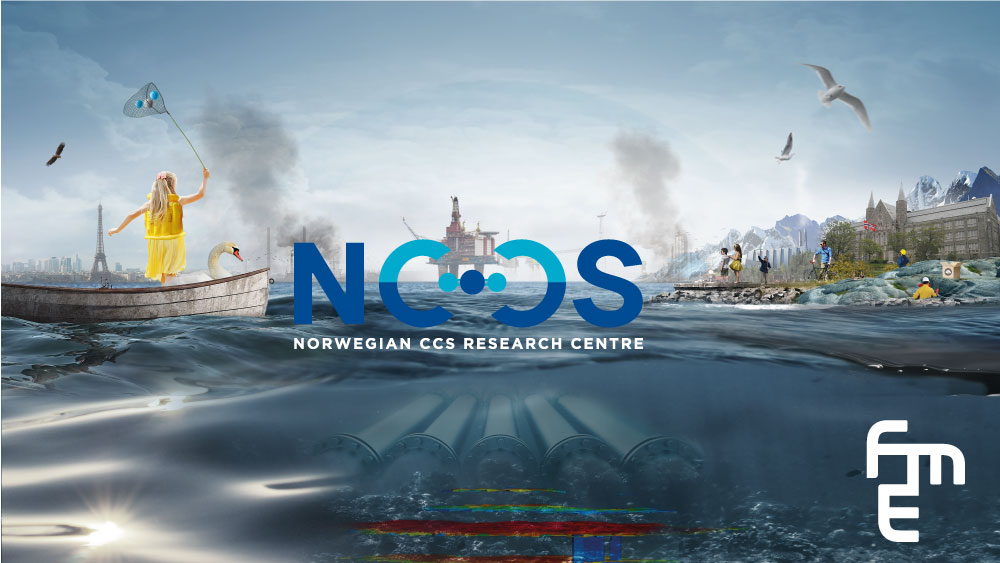
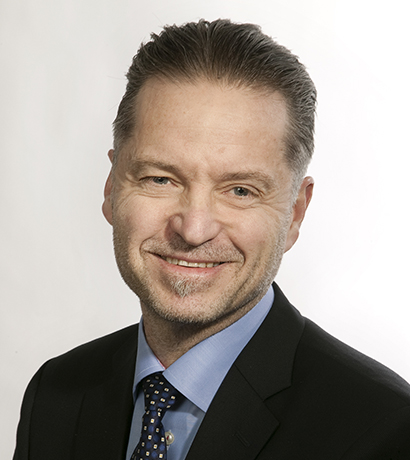








Comments
No comments yet. Be the first to comment!